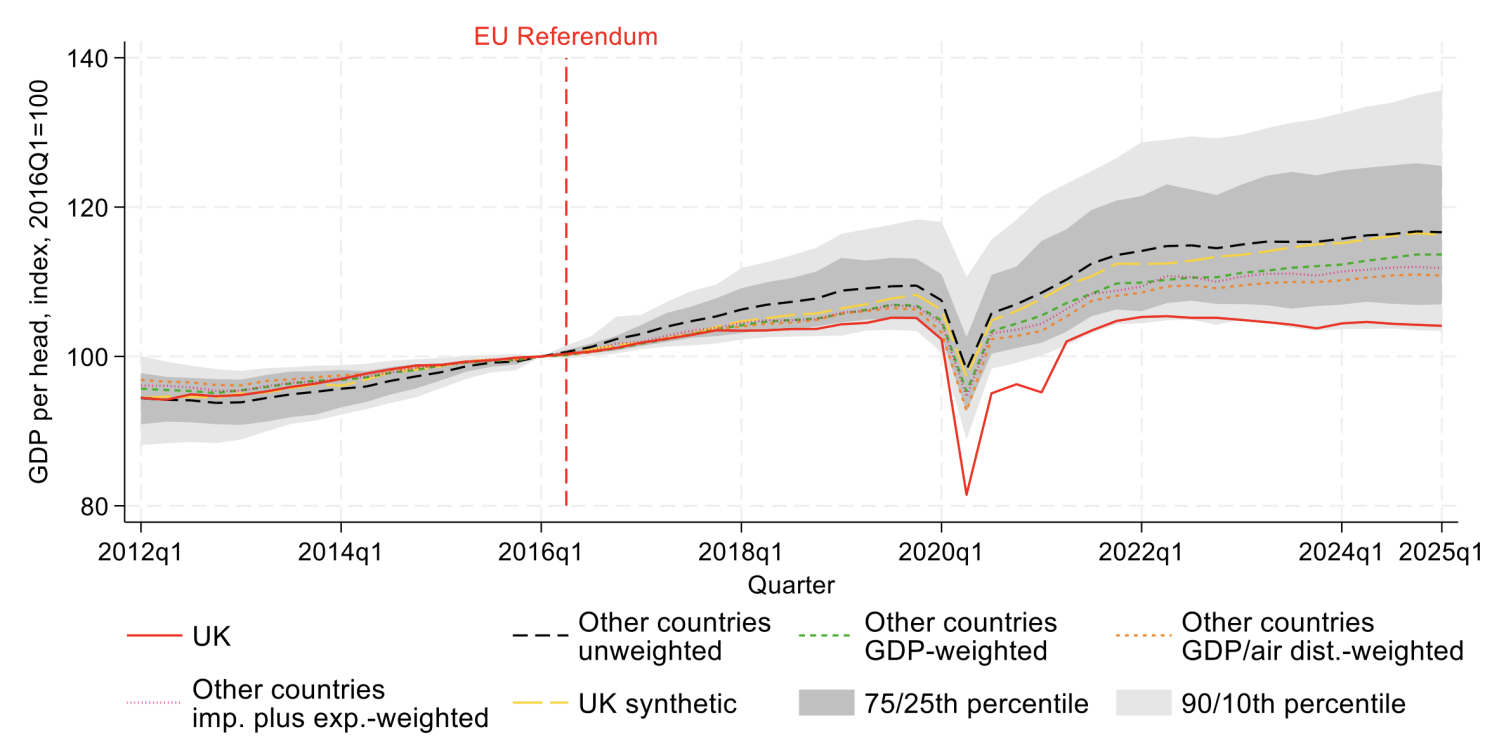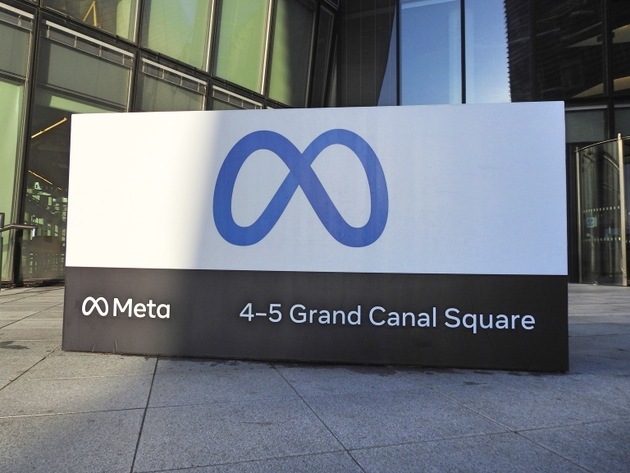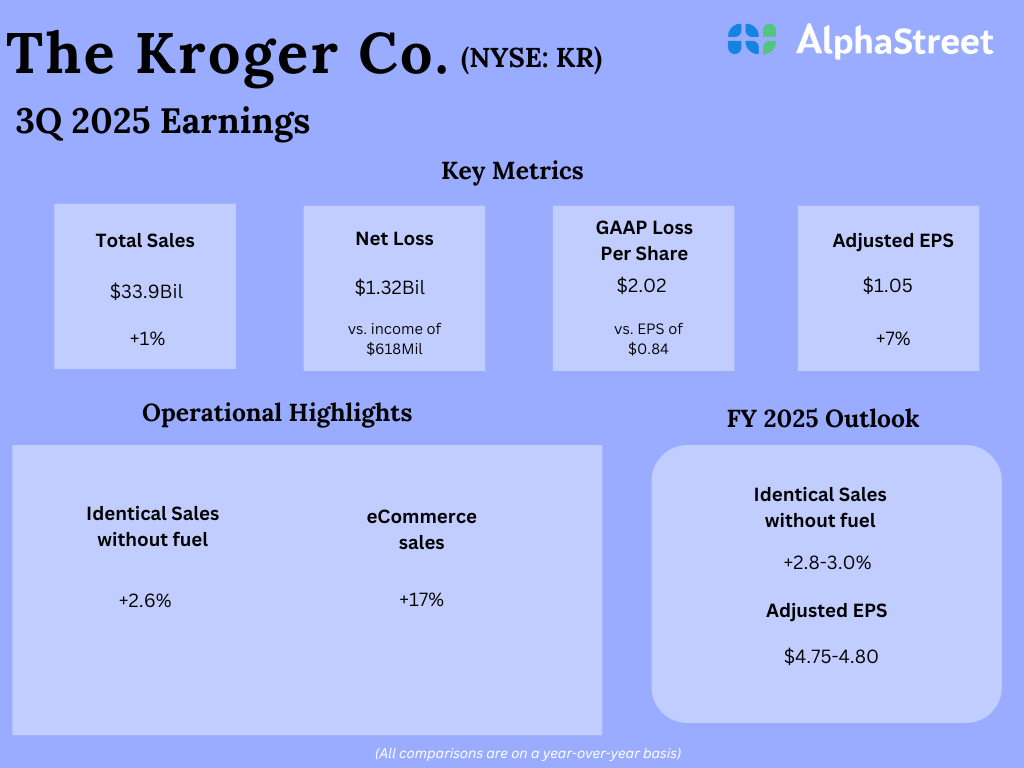Following a series of economic disruptions, including the dot.com bubble, the great financial crisis, and COVID-19 pandemic, financial market overseers have compelled financial institutions to increase their capital buffers, bolster their risk management, and conduct more sophisticated monitoring or “stress testing.” Consequently, the last two decades have ushered in much improved preparedness to weather economic shocks.
The failures of California’s Silicon Valley Bank (SVB) and New York’s Signature Bank in March, and the tumble by Swiss banking giant Credit Suisse—forcing a hasty merger with UBS—have some market prognosticators convinced a new global financial crisis may be imminent. Some have already dubbed the prospective economic catastrophe Great Financial Crisis 2.0. So, the next few months will doubtless test the resolve of policy makers.
But because regulators have no sure-fire mechanism to identify burgeoning systemic risk in time to act decisively ahead of an economic calamity, they must often lean on market observations and professional commentary to augment their own analysis. In this spirit, we urge policy makers to continue their focus on non-bank financial intermediation, areas of which do business under inadequate regulation and have the potential to precipitate serious systemic distress.
In general, a non-bank financial institution (NBFI) is an organization that is neither licensed nor regulated like a bank but conducts several lines of business typically associated with regulated financial institutions. NBFIs include money market funds, mutual funds/collective investment schemes, brokerage services, private equity and venture capital firms, pension funds and credit card providers. It would be one thing if total assets in the NBFI realm were meager, but they are not. Recent statistics from the Federal Reserve Board show total assets held by NBFIs as a percentage of US GDP is nearly 200%, which eclipses assets at mutual funds and depository institutions, which amount to 124% and 74% of GDP, respectively.
Here’s the problem
Our key concern is that NBFIs often use significant (and sometime hidden) leverage, an assortment of derivatives products, and multiple interconnected counterparties that can operate with nominal capital reserves. These institutions typically offer little transparency and can be vulnerable to recession and tightening monetary policy. With many banks and NBFIs having become highly leveraged on more than a decade of near-zero interest rates, the sector is now grappling with the impact of higher interest rates on their balance sheets. Further, significant data gaps exist as it relates to NFBIs.
Regulatory inaction?
A subtle force slowing regulators’ progress in addressing the potentially perilous NBFI data gap may be “procedural bias,” a phenomenon that almost always results in bank regulators being late in acknowledging market bubbles and gaps in regulation. In 1955, Federal Reserve Chairman William Martin (the longest-serving Fed chair (1951 – 1970) known for his tight money policies and anti-inflation bias) warned of this bias, noting that the most important job for central bankers is to have the will to remove the monetary policy punch bowl just when the party is heating up. In 2008, this bias may have lulled many into believing that rampant subprime mortgage issuance and related securitizations were quite manageable and of little threat to financial infrastructure.
What to focus on.
We offer four global systemic stress points that should be a priority for financial stability policy in the NBFI area:
- NBFI transparency. Assessing and monitoring the level of NBFI exposures is an important challenge for regulators and markets.
- Interconnectedness of exposures. It is nearly impossible to obtain a line-of-sight into creditor exposures across borders and counterparties to facilitate modeling the contagion risk of different interest-rate scenarios. Consequently, markets and regulators are typically forced to be reactive regarding liquidity developments.
- Hidden leverage and resolution capabilities. The UK LDI fund incident last September is an example of the opacity and speed with which liquidity and solvency disruptions can develop. The existence and functionality of orderly resolution and containment practices are challenging unknowns.
- Adequate liquidity preparedness and risk management. Transparency around risk management practices, stress testing (if any) and margining practices are also blind- spots.
Conclusion
A significant systemic risk to global economic stability is building within the NBFI sector and we need prompt action on a better framework for enhanced NBFI oversight on a global level. An important question is whether regulatory and transparency changes to the sector will happen ahead of any economic shock. To their credit, the world’s standard setting bodies have been focused on NBFI risks from various perspectives and provide periodic updates to their work. Unfortunately, however, while these bodies cooperate with one another, none has a complete picture, nor can they enforce their own recommendations. Worryingly, with limited exceptions, there is currently no consensus on the vulnerabilities within the NBFI sector or their potential transmission to broader economic instability.
The views and opinions expressed herein are the views and opinions of the author and do not necessarily reflect those of Nasdaq, Inc.







































